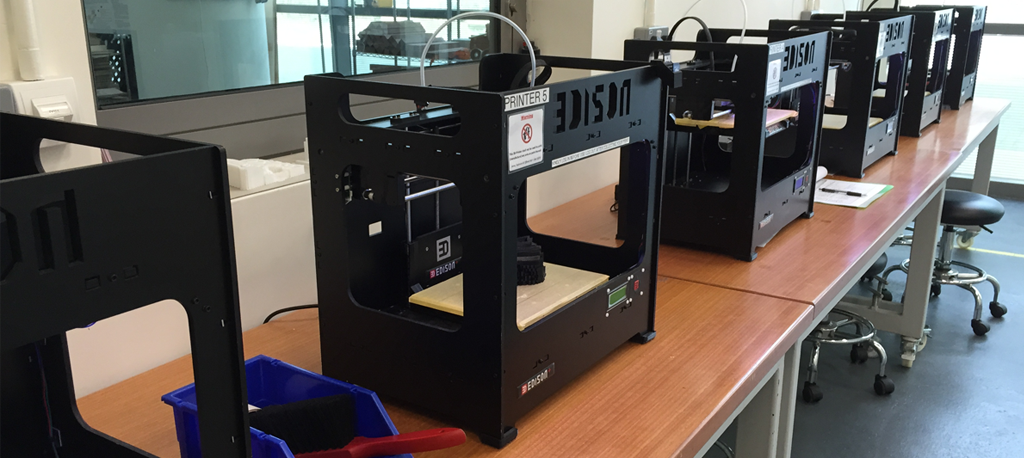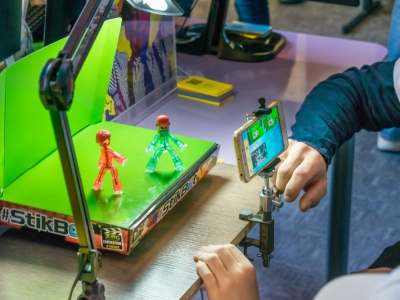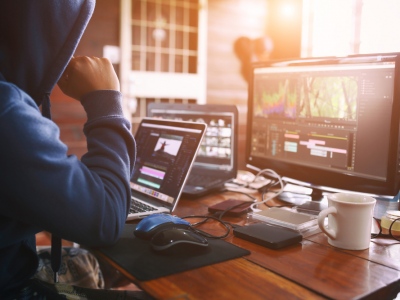As 3D printing technology is rapidly changing the world, our future engineers, designers and problem solvers should be equipped with all possible tools to create a brilliant future. 3D printing not only generates new ideas but also unlocks limitless creativity in students.

Implementing 3D printing technology in education prepares students to be exposed to the same cutting-edge technologies they’ll encounter in their future careers. It also gives them a head-start on the challenges they will face and ways to overcome them.
Teachers will also have a new and a better experience of using this revolutionary technology to deliver their message:
1) Engagement – Young students get bored very easily with lots of text and pictures. Having 3D models right in front of them keeps the students interested.
2) Interaction – By using a 3D printer or a pen, any class will instantly be transformed in an interactive learning experience. For example, print and draw parts of a skeleton to use for a biology class.
3) Visual – Difficult concepts will not only be visible but also tangible. Anything you would normally draw out on the blackboard, can now be explained through models that students get to see, hold and test their ideas in real space and from any angles.
4) Creativity – For art and design classes, it is great to use the prototyping capabilities to make students creative ideas and designs come to life.
Schools will need affordable 3D printers to be able to make this happen and desktop 3D printers are an ideal choice. This is because desktop 3D printers are relatively small, affordable and easy to use. The running costs are considerably low as they use cheap printing materials (PLA or ABS).

Furthermore, schools can also use 3D printing pens as a cheaper alternative especially for arts and design classes. This is similar to a desktop 3D printer but fits in the palm of your hand; No technical knowledge or computer software is required. Students are free to use their imagination and create a 3D rendering of a toy, sculpture or a architectural model. These 3D pens come in different variations (design, functionality, size etc.) – a good place to get more information is http://www.3DdoodlePen.com
Let’s get our mind in gear and prepare for the future – who knows what we all can create if we step outside of conventional creations. Teachers will also have a new and a better experience of using this revolutionary technology to deliver their message.











Comments